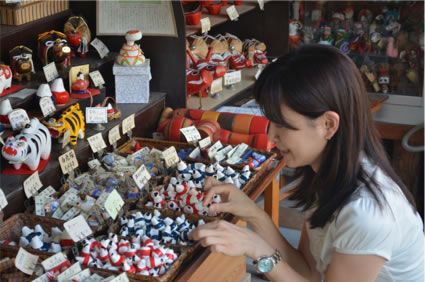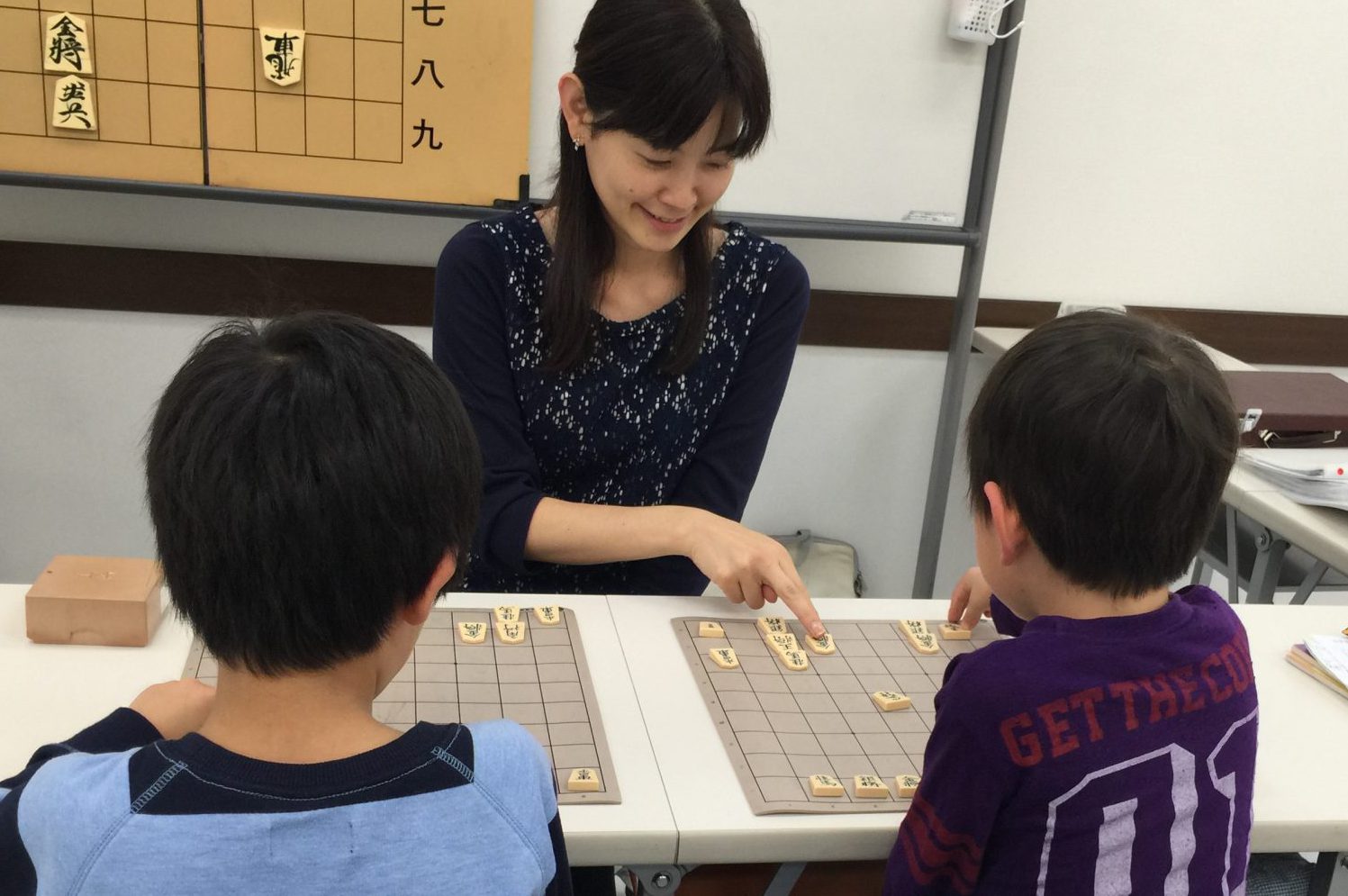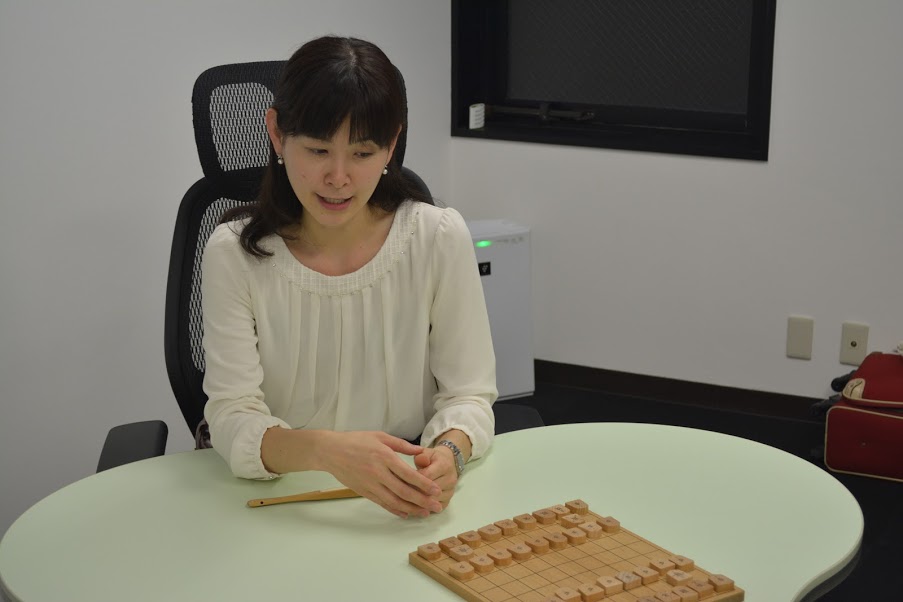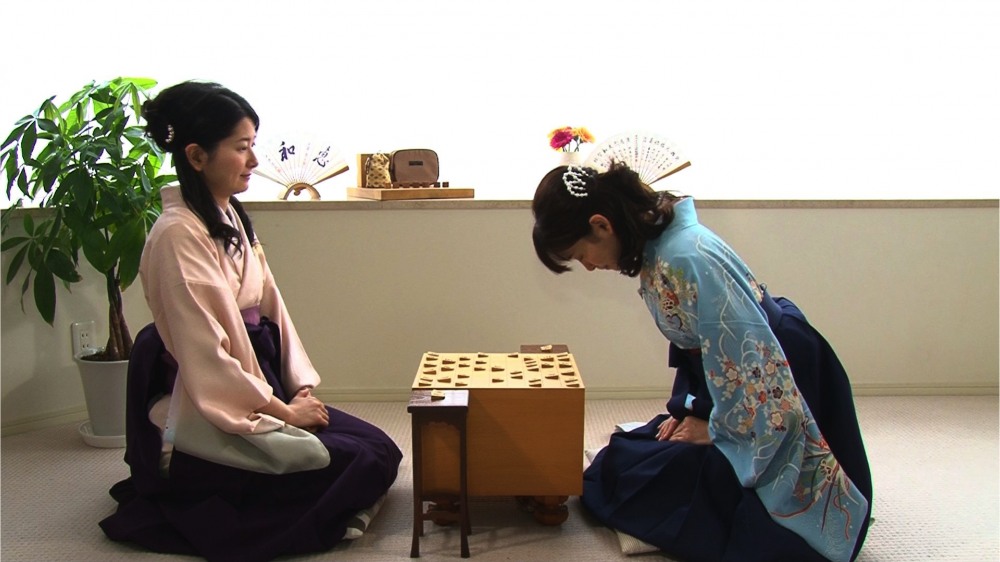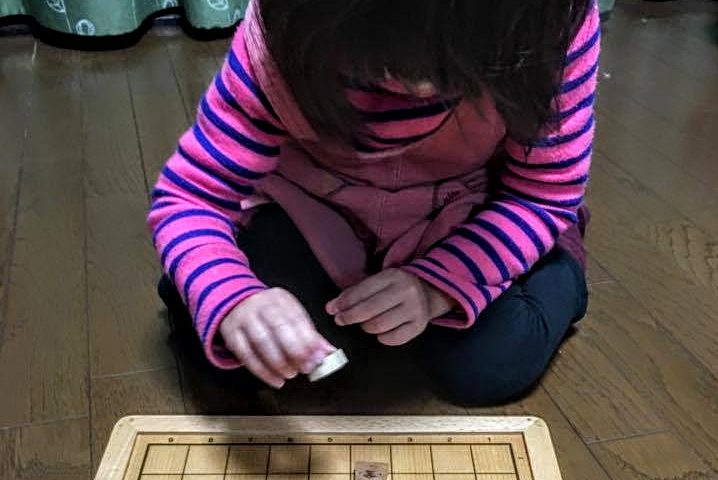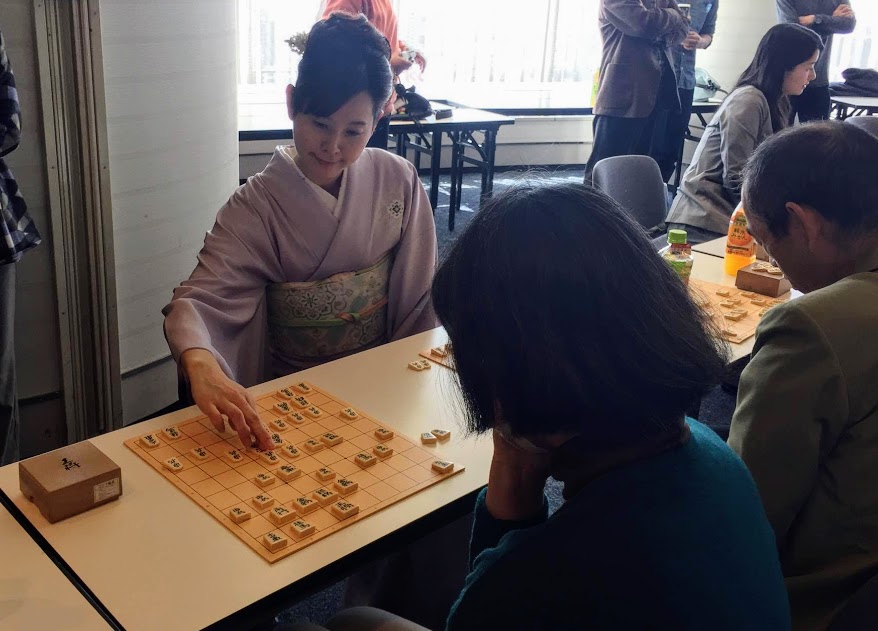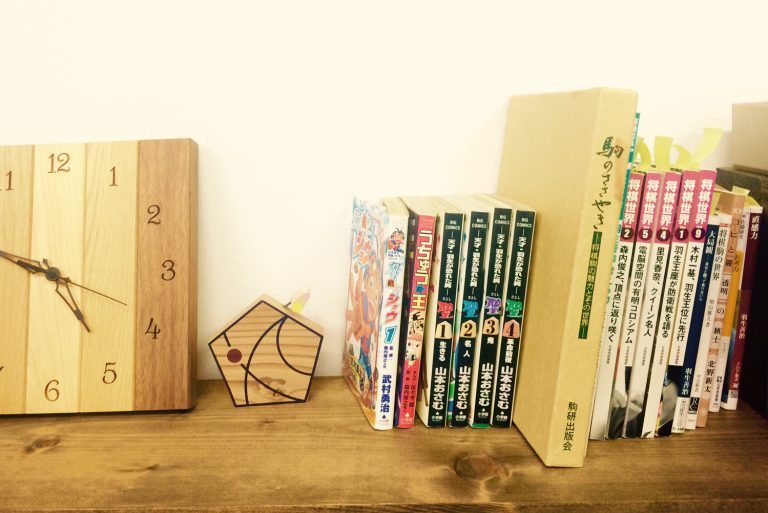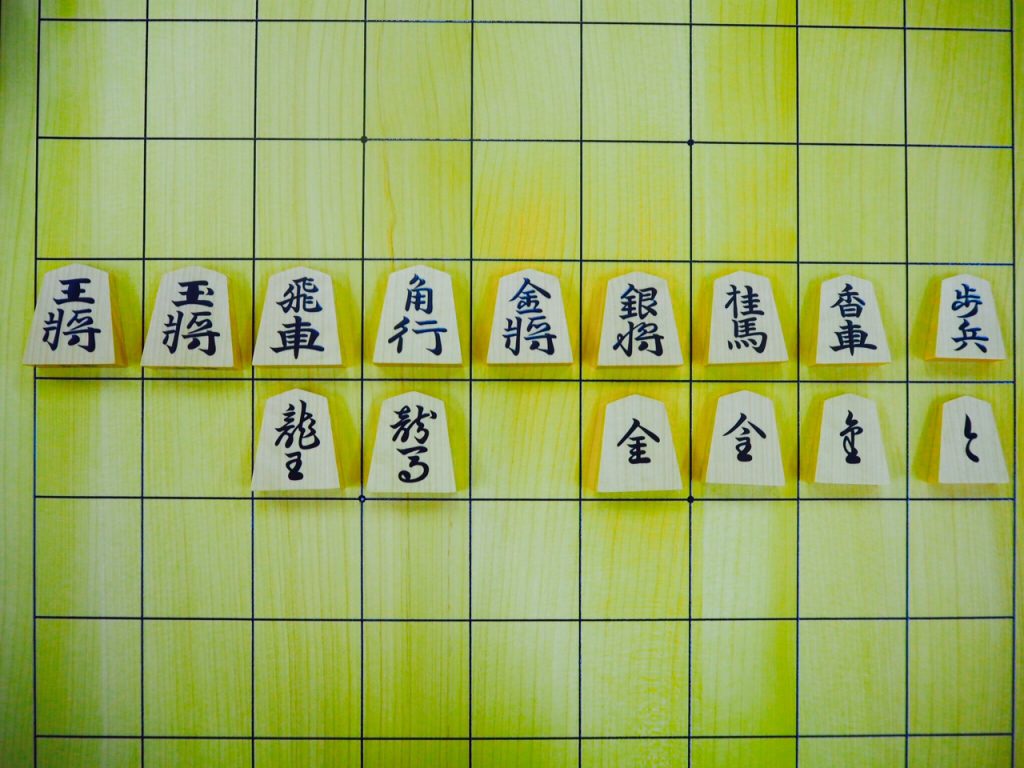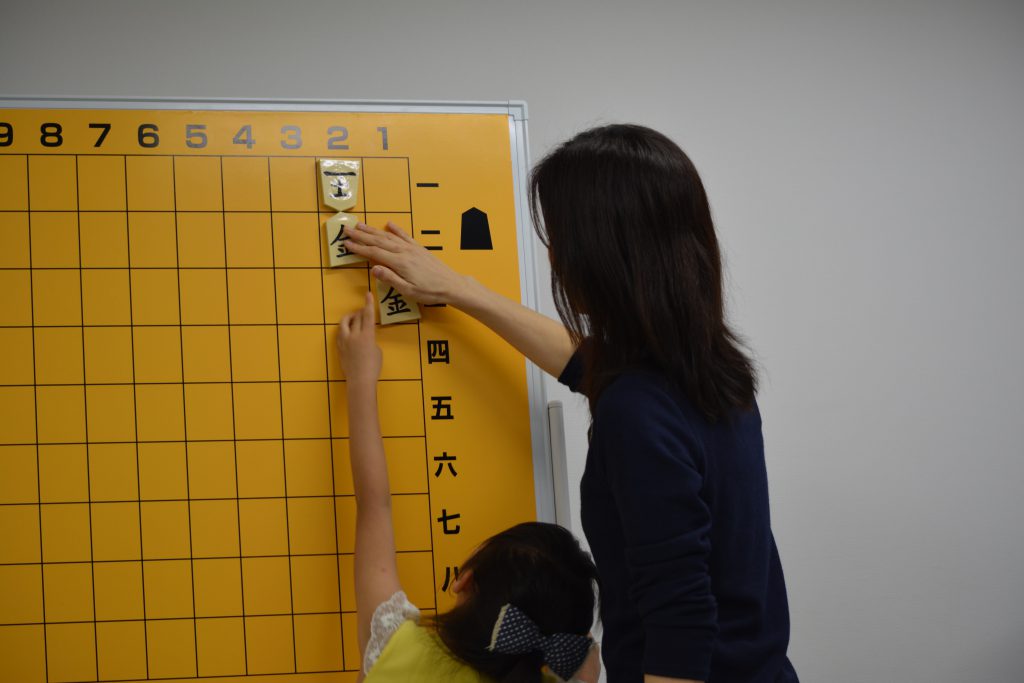I-tsu-tsu Blog
-
“Aizu Okiagari-koboshi,” Looking for a Five-star Product of Traditional Japanese Culture
Under the name of “Looking for a Five-star Product of Traditional Japanese Culture,” I-tsu-tsu staff members offer you a report on uncompromising traditional Japanese products dispersed all over Japan. The first report is about “Aizu Okiagari-koboshi,” a daruma doll made so as to right itself when knocked over. This is a traditional local folk toy of Aizu region, Fukushima Prefecture. We visited “Yamada Mingei Kobo,” only one folk art studio and shop producing genuine handmade Okiagari-koboshi dolls with fastidious traditional production methods in Aizu region. The origin of “Aizu Okiagari-koboshi” was when a feudal lord of the time made his people make the dolls for sales for the New Year.
Akiko Nakakura 28 March 2017
-
Ladies Professional Shogi Player’s Five Secrets–In Order for Children Not to be Afraid of Losing a Game–
Many mothers of children who play Shogi claim, “My child is reluctant to play a Shogi game, being afraid of losing a game”. As a professional player, I can tell how children are disappointed when they lose a game. Also, it’s quite natural for human beings to be afraid of losing a game, but rather good for children. At the same time, as a mother of three children I can understand that mothers want her children to play Shogi with the other child. Experiencing to lose a game is also one of important life experiences, and more importantly playing with different persons will provide deeper and broader interest in I
Akiko Nakakura 28 March 2017
-
“I’m glad to have Shogi!” – Five Stories, I-tsu-tsu Staff Version–
Our company, I-tsu-tsu, works every day under our vision, “surprise of real Japanese traditional culture for your child” Once you become I-tsu-tsu employee, inevitably you will be involved with Shogi deeply, regardless of ability to play Shogi. I am not exceptional. Today, I interviewed our five team members, asking about the good things that have happened to them through Shogi. 1. Meeting with various people I have encountered many people at any age, sometimes from overseas, having the common interest to Shogi. When I was a child, I played Shogi with my father and many adults, such as teachers at a Shogi hall. Now, as a teacher, I have a
Nae Kanamoto 27 March 2017
-
Let’s Compare Shogi with Other Board Games ~Geister~
Shogi is a representative of Japanese board games. We would like to start a series of “Let’s compare Shogi with other board games” to remind the charm and depth of Shogi. We ask for your kind understanding that we are not a professional board game critic. So, the first game to commemorate this series is “Geister.” Each player tries to transport his/her good ghosts to the opponent’s camp capturing good ghosts (blue) and evil ghosts (red) mutually. Occasionally, a player lets the opponent capture ghosts on purpose. The rules are fairly simple and a game does not take too long. Even young children can fully enjoy this game. 1. Basic
Nae Kanamoto 26 March 2017
-
Very Japanese Style Observed in Behavior When Making Illegal Moves–Be a Graceful Loser–
The other day, we posted an article regarding to “Kinjite,” illegal moves in a game, in a series of “Shogi Rules – How to Play Shogi –” That article explains one of “Kinjite,” Nifu. What surprised me the most is the way to deal with the situation when you make an illegal move. Let’s have a quick review of that article. Shogi has a rule called Nifu; you can’t drop a piece of Fu (pawn) to a file where your Fu has been already placed. Basically, you will lose a game at the moment when you drop the second Fu. And if you notice your opponent’s making an illegal move,
Nae Kanamoto 23 March 2017
-
Five Tips to Teach Shogi to Novice Children
Generally, instructors teach Shogi through playing games in Shogi classes and practice halls. Therefore, I think that not a few instructors feel puzzled to teach complete novice children who don’t know how to move pieces at all and have never touched Shogi pieces before. So, today, we would like to introduce some easy tips to teach Shogi to completely novice children. It could be a rare case for a complete novice child without any knowledge of piece moves comes to a Shogi class. However, I think those novice children should be the biggest target for us to introduce charms of Shogi considering popularization of Shogi. You might have already experienced
Akiko Nakakura 22 March 2017
-
Shogi Rules – How to Play Shogi – : Step 2-4 Moves of Promoted Pieces
Explore art of Shogi. A professional Shogi player invites you to the world of Shogi along with traditional Japanese culture. In the last lesson, you learned that pieces may be promoted once it reaches the opponent’s camp, turning them over. Promoted pieces are called as Narigoma. Today’s lesson is going to cover what’s Narigoma and to remember them. Piece Moves Fu (Pawn), Kyo (Lance), Kei (Knight), Gin (Silver): all is to be promoted to one that move in the same way as Kin (Gold). Hisha (Rook), Kaku (Bishop): both are to be promoted with their original moves gaining moves of Ou (King). Moves of Uma (Promoted Bishop) Moves of Ryu (Promoted
Akiko Nakakura 21 March 2017
-
Five Reasons to Recommend Shogi to Girls
We hold “I-tsu-tsu Kids Shogi Lesson 101 for Parents and Children,” a series of six lessons, at Senkawa Culture Centre in Chofu City, Tokyo from February 3. To my surprise, out of eight participants, six of them are girls. When I was a child, I was surrounded by boys and men in Shogi classes and practice halls. My sister was the only girl besides me, and I felt a little lonely. So, I am very happy to see that more girls show interest in Shogi now. So, I would like to talk about five reasons to recommend Shogi to girls on today’s article to encourage more and more girls to
Akiko Nakakura 8 March 2017
-
Five Good Reasons for “Koma ochi”
“Koma ochi” in Shogi is what you call a handicap. A superior player drops several pieces out of the total 20 pieces and plays a game with fewer pieces. In the world of Shogi, a stronger player who drops pieces is called “Uwate (Handicap giver),” and a subordinate player is called “Shitate (Handicap taker).” If we go to a Shogi practice hall, an instructor or someone in charge decides which player drops which pieces after checking players’ skills. As a matter of fact, however, not a few people dislike “Koma chi.” Nevertheless, “Koma ochi” is primarily an inevitable practice method for both Uwate and Shitate players to improve Shogi skills.
Akiko Nakakura 5 March 2017
-
Five Challenges That Young Children May Face and How to Overcome Them
There are many activities available for children such as baseball, soccer, smart-phone games and so forth. Among these activities, not a few parents hope that their children play Shogi because they consider that Shogi cultivates children’s thinking skills and helps children to learn manners and courtesy. If your children have already reached school-age, I think there are sufficient chances for them to learn and enjoy Shogi. Some friends may play Shogi or a school teacher may be able to teach how to play Shogi to your children. However, if your children are below school-age, there is a different story. First of all, it is doubtful if young children show interest
Akiko Nakakura 3 March 2017
-
Shogi Rules – How to Play Shogi – : Step 2-3 Promotion
Explore Art of Shogi A professional Shogi player invites you to the world of Shogi along with traditional Japanese culture The previous step Today, we will learn how Shogi pieces become stronger after its transformation. Pokemon and Power Rangers also transform themselves to be stronger. Many heroes and heroins transform themselves to be more powerful. There are nine ranks (rows) on a Shogi board. The upper three ranks are your opponent’s camp and the bottom three are yours. When your piece enters the opponent’s camp, the piece can be turned over to transform. This turning over is called “promotion.” Once a piece is promoted, it becomes stronger getting different moves
Akiko Nakakura 30 January 2017
-
Shogi Rules: – How to Play Shogi – : Step 2-2 Moves of Hi/Hisha (Rook) and Kaku (Bishop)
Explore art of Shogi. A professional Shogi player invites you to the world of Shogi along with traditional Japanese culture. “Shogi Rules: – How to Play Shogi – “ is now available on the blog of I-tsu-tsu Co., Ltd. Even a novice player will be able to play a standard Shogi. There are three steps and one step has approximately 10-15 lessons. You will be able to play Mini Shogi and learn how to play standard Shogi with 9 x 9 squares and 40 pieces in Step 2. It is full of fun! The previous step Step 2-2 Moves of Hi/Hisha (Rook) and Kaku (Bishop) Today’s pieces are Hi/Hisha (Rook) and Kaku (Bishop). They are
Akiko Nakakura 30 January 2017
If there is anything we can help you with,or you have any questions,
please do not hesitate to contact us.
